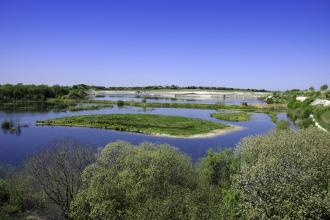In January, as the dark days of winter grow longer and brighter, the arrival of one particular email from BBOWT fills me with cheer. It is the annual invitation from Colin Williams, BBOWT Ecology Officer, to participate once again in their Reserves Surveying Programme.
I can look forward to summer days out and about in BBOWT reserves with a team of other surveyors whom I've got to know quite well, getting a close look at what's going on at ground level.









